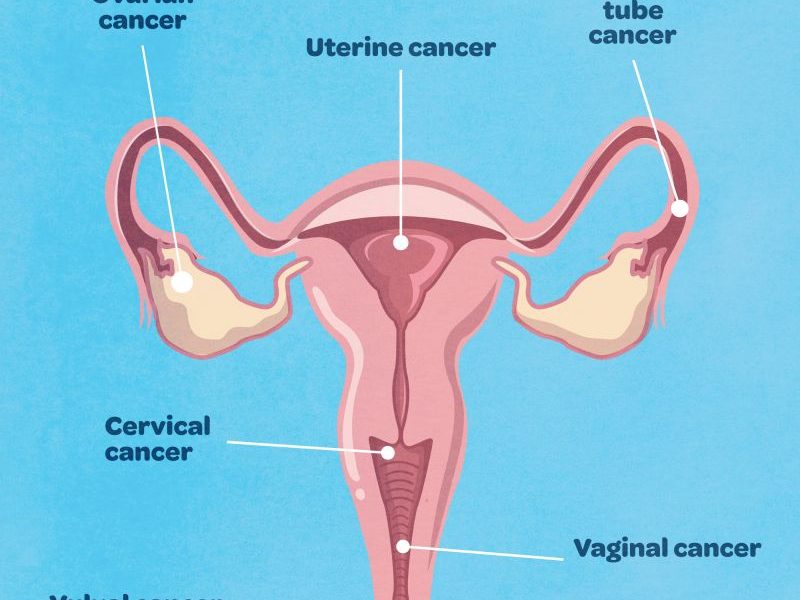A gynecologist is a doctor who specializes in female reproductive health. They diagnose and treat issues related to the female reproductive tract. This includes the uterus, fallopian tubes, and ovaries and breasts.
Anyone with female organs may see a gynecologist. 80% of those who see one are between 15 to 45 years old.
Symptoms
·
• ABNORMAL BLEEDING/DISCHARGE
• LUMPS, BUMPS & ULCERS
• PERSISTENT ITCHING
• ABDOMINAL BLOATING / DISTENTION
• NEW ONSET OF ABDOMINAL PAIN
• ACUTE ONSET OF VULVAL BLISTERS AND SORES (ULCERATION)
• SYMPTOMS OF MENOPAUSE
• SUDDEN ONSET OF LOWER ABDOMINAL PAIN
• HEAVY AND PAINFUL PERIODS
• URINARY FREQUENCY AND STINGING
• URINARY LEAKAGE OR INCONTINENCE
Causes
Pelvic pain in girls is a common clinical complaint in childhood and throughout adolescence and an important cause of morbidity particularly in the postmenarchal female. Clinical evaluation in these patients is challenging. Abdominopelvic pain in the absence of a history of cyclical pain related to the menstrual cycle is a very non-specific symptom, with a range of gynaecological and non-gynaecological causes. Non-gynaecological aetiologies of pain include gastrointestinal, urological, musculoskeletal and psychosomatic disorders. Gynaecological causes of pelvic pain include complications related to ovarian cysts (cyst rupture, haemorrhage or torsion), torsion of adnexal masses or normal ovaries, and fallopian tube pathology including torsion and pelvic inflammatory disease. Other causes of pain more specific to reproductively mature adolescents include ovulatory Mittelschmerz (mid-cycle) pain, endometriosis and complications of pregnancy. Exclusion of pregnancy in this age group is an important initial step in clinical management. This chapter concentrates on the imaging of the common and important causes of acute abdominal or pelvic pain with a gynaecologic aetiology. A brief discussion of the ultrasound imaging of pregnancy is included. The role of imaging in gynaecologic conditions resulting in chronic pelvic pain syndromes is also considered.
Risk factors
A risk factor is any factor that is associated with an increased chance of developing a particular health condition, such as gynaecological cancer. There are different types of risk factors, some of which can be modified and some that cannot.
It should be noted that having one or more risk factors does not mean a woman will develop a gynaecological cancer. Many women have at least one risk factor but will never develop a gynaecological cancer, while others with a gynaecological cancer may have had no known risk factors. Even if a woman with a gynaecological cancer has a risk factor, it is usually hard to know how much that risk factor contributed to the development of her disease.
Although the causes of many gynaecological cancers are not fully understood, there are a number of factors associated with the risk of developing one or more types of gynaecological cancer. These risk factors include:
- increasing age
- having a strong family history
- identified gene mutations
- reproductive history, such as child-bearing
- exposure to hormones – produced by the body or taken as medication
- exposure to diethylstilboestrol (DES) in the womb
- viral infection such as human papillomavirus (HPV) infection
- lifestyle factors such as smoking and those leading to excess body weight.
Treatment
Gynaecological cancers account for a significant amount of morbidity and mortality in the world, with varying incidences and outcomes depending on the country. These malignancies consist of vulval, vaginal, cervical, endometrial, fallopian and ovarian cancers, and account for between 10 and 15% of women’s cancers. Although mainly a disease of post-menopausal women, when affecting younger women, fertility-related consequences exist. Therapeutic interventions for gynaecological cancers include surgery, chemotherapy and radiotherapy, with combination modalities often required. The basis for certain therapies are derived from appropriately conducted randomized clinical trial, whereas in some settings, therapy is based on clinical experience and intuition. This review will endeavour to focus on the evidence base, though inevitably, non-evidence based practice is unavoidable.
The list of some Gynaecological medicine:
A gynecologist is a doctor who specializes in female reproductive health. They diagnose and treat issues related to the female reproductive tract. This includes the uterus, fallopian tubes, and ovaries and breasts.
Anyone with female organs may see a gynecologist. 80% of those who see one are between 15 to 45 years old.



